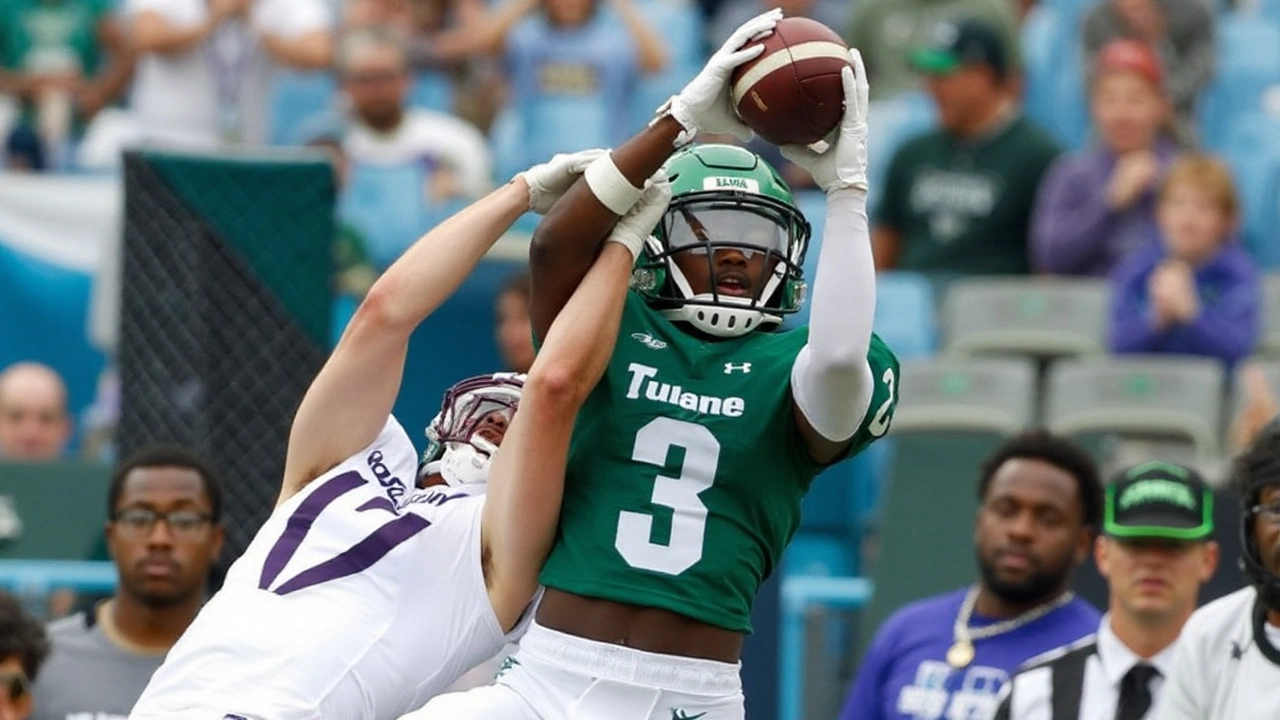RedZone’s “commercial-free” era is over. Here’s what viewers should expect
For more than a decade, NFL RedZone sold itself on one promise: seven hours of commercial-free football. That slogan defined the brand as much as the whip-around coverage itself. Now the show is changing. The NFL has confirmed that NFL RedZone commercials are coming, with host Scott Hanson acknowledging that the channel will run limited ad breaks going forward.
The basic idea is straightforward: short ad pods will appear during natural lulls—think timeouts, between drives, or while producers wait for the next game to enter scoring range. The quick-cut format stays, and Hanson will still jump from game to game, but the broadcast will periodically step away and return. Expect the production to frame these breaks as brief and tightly controlled.
Why the shift? Money and habits. Cord-cutting has thinned the pay-TV bundle that helped fund channels like NFL Network. Rights fees keep rising. At the same time, live sports remain the last reliable way to gather big, real-time audiences. That makes RedZone’s concentrated, high-intent viewership especially valuable to advertisers. A channel built on nonstop action is prime real estate for brands trying to reach fantasy players, bettors, and hardcore fans who stay for hours.
For viewers, the experience will feel different mostly in rhythm. The old RedZone rarely exhaled. With ads, there will be quick pauses to reset. The real test is how often those breaks appear and whether they avoid interrupting live scoring chances. If producers keep ads out of true crunch moments, the channel’s core appeal should hold. If not, fans will notice—fast.
Reaction so far has been mixed. Some see the move as a necessary tradeoff to keep the product viable in a shifting market. Others feel the brand’s identity was built on that commercial-free promise, and any backtracking cuts into trust. The rollout will likely be iterative: the league can tweak the frequency and placement of breaks based on early feedback and metrics like viewing time and channel switching.
- What to watch on opening Sundays: how long each break lasts; whether breaks land during timeouts or bleed into live snaps; and how quickly the show returns when multiple games heat up at once.
- What producers will watch: ad completion rates, viewer retention, and social chatter if a break collides with a big moment.

Coverage without friction: ESPN, NFL Network, and the conflict-of-interest problem
Whenever a league-owned outlet (NFL Network) and a major rights holder (ESPN) cover a controversial league decision, the same question pops up: where does partnership end and journalism begin? It’s not a new tension. ESPN’s long relationship with the NFL has sparked scrutiny before—most notably when it withdrew its branding from PBS Frontline’s 2013 concussion documentary after the league reportedly complained. Both sides denied editorial interference, but the optics fueled doubts about how hard rights holders push their biggest business partners.
That history matters here because coverage shapes public perception. Announcing that RedZone will add “limited” ads is one thing; examining how the change affects viewers is another. There’s a difference between a promo tone—“first-ever ads, still the best way to watch Sunday afternoons”—and a news tone that tests the claim. Strong coverage would break down how often the ads run, how producers choose timing, and what viewers give up compared to the original promise.
It’s also fair to ask whether the framing matches the facts. If the show inserts brief pods during natural stoppages and speeds back to live action, that’s worth stating plainly. If early Sundays reveal heavier breaks than advertised, audiences deserve equally plain updates. The job isn’t to protect the brand; it’s to inform the fan who built it.
There are practical steps newsrooms can take to keep trust while covering partners:
- Separate church and state: make a clear wall between ad sales and editorial decisions; tell audiences how that wall works.
- Quantify what you can: track ad frequency and length during the first few weeks and report the numbers.
- Center the viewer: highlight when breaks overlap with scoring chances, not just how the format was “designed.”
- Add independent voices: media analysts, ad buyers, and audience researchers can weigh in on impact beyond league talking points.
The business case for RedZone ads is obvious. Advertisers want attention density—lots of engaged viewers at once—and RedZone specializes in that. The format attracts fantasy players who sit through the entire window and bettors who care about every late-game swing. That’s catnip for brands. The audience skews younger than typical cable viewers, and it’s hard to find anything else on TV that keeps people glued for six or seven straight hours.
Still, value isn’t just ratings; it’s trust. RedZone’s promise built credibility that translated into habit. If the ad load stays light and the show avoids missing live action, viewers may shrug and move on. If breaks feel intrusive, you’ll see it in churn and complaints. That’s the line producers have to walk—and the one journalists should measure.
For fans trying to decide whether the new format works, here’s a simple checklist:
- Count the breaks per hour and note their timing (timeouts vs. active drives).
- Watch for missed snaps in scoring range. Even one will draw attention.
- See whether the show “squeeze-backs” or accelerates out of a break when multiple games heat up at once.
- Compare early- and late-window treatment; late chaos is the brand’s signature.
For the industry, this is a preview of where sports media is headed. Premium content is getting pricier. Bundles are shrinking. To make the math work, even beloved formats are adding ads or experimenting with new sponsorships. If RedZone finds the right balance—light, well-timed, and honest about the tradeoffs—it will keep its edge. If not, it becomes just another show with commercials. And then the promise that built the audience won’t mean much the next time the business model needs a tweak.
